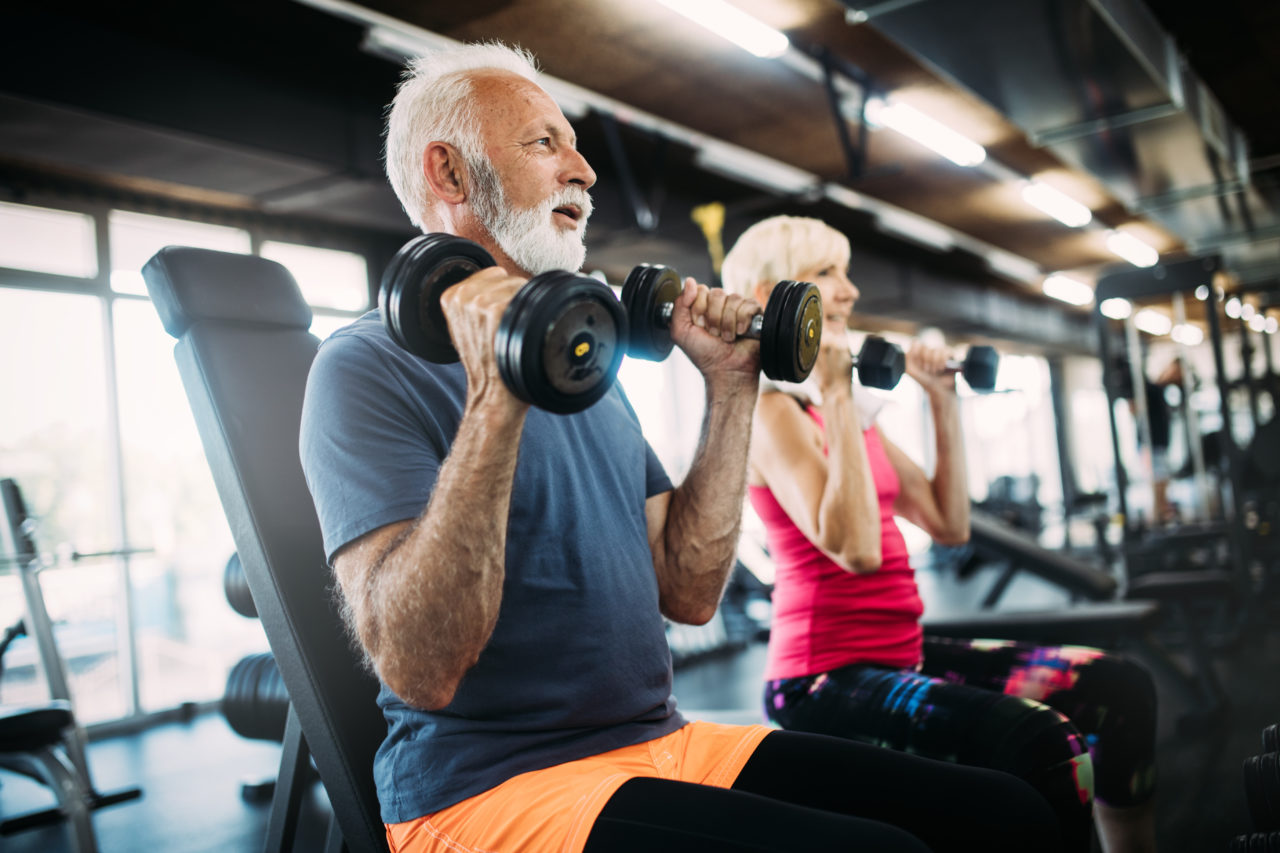International and national epidemiological studies show that physical inactivity and a lack of exercise are on the rise, resulting in huge costs for healthcare systems.

Vicious circle of excess and exercise frustration
Particularly in industrialised countries, a general oversupply, an unbalanced or incorrect diet and a lack of exercise create a vicious circle that causes many diseases of civilisation such as Obesity, diabetes mellitus, high blood pressure, back pain and the like.
In high-income countries, the proportion of people with too little exercise is 36.8 per cent. In low-income countries, the figure is significantly lower at 16.2 per cent.
Positive effects of regular physical activity
The results of various studies show that regular physical activity can reduce the overall mortality risk by up to 30 per cent. In a comparison between physically active vs. inactive people, a comprehensive analysis of the current state of research shows that additional physical activity in particular has a positive influence on other factors such as the immune system, blood pressure, bone density and the psyche.
This is recommended by the WHO
For adults, the WHO currently recommends at least two and a half to five hours of moderate physical activity every week: that's an average of at least 21 minutes per day. In addition, according to the recommendations, muscle strength should be specifically trained twice a week.
Strength and muscle training in particular - despite its many positive effects - is often neglected. Only a fraction of the European population actually fulfils the specific recommendations of the WHO.

However, in addition to these minimum recommendations, additional exercise and sports units should be added throughout the week if possible in order to achieve further positive effects. All activities above the minimum recommendation of 150 minutes per week have additional health benefits.
Any movement is better than no movement
Many of the social developments mentioned are at the expense of individual activity levels. The integration of exercise into everyday (working) life (e.g. exercise at work or climbing more stairs) therefore plays an important role, especially for those who have been physically inactive up to now. Several shorter exercise units of approx. 10 minutes a day should be considered useful here, as any additional exercise is a start.
Conclusion
In particular Healthcare provider can offer their customers this interdisciplinary link thanks to their comprehensive range of services. They therefore make a fundamental contribution to the fight against lack of exercise and physical inactivity.
Sources: WHO;
Global status report on physical activity 2022 - httpshttps://www.who.int/publications/i/item/9789240059153
Health at a Glance: Europe 2022 State of Health in the EU cycle - https://health.ec.europa.eu/system/files/2022-12/2022_healthatglance_rep_en_0.pdf